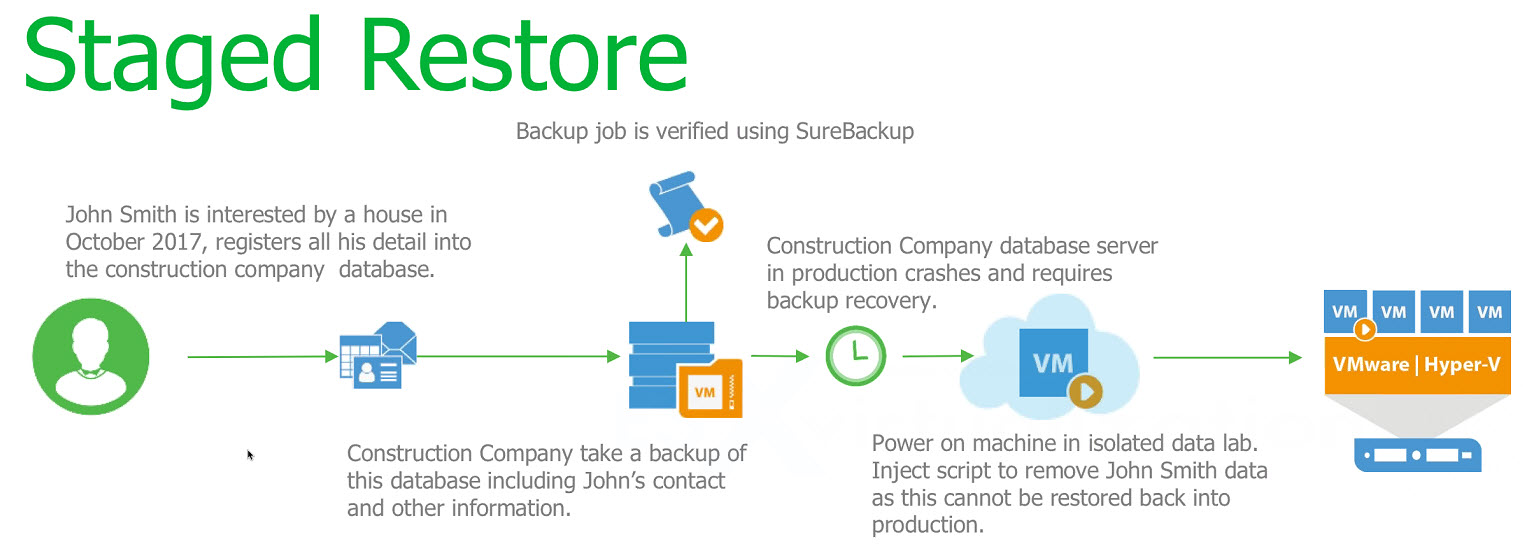

Here are some examples out of a generated report from myself.

While looking into the details of the report, you are able to see different change rates depending on the set reporting interval. The summary section of this report shows the top 5 VMs with the largest change rate and the top 5 VMs with the least change rate. With the data generated out of this whole month and the VM Change Rate Estimation Report i can define a pretty good change rate which I use for the backup storage sizing of the environment. In most cases I use Veeam ONE to monitor the environment for at least a month. It is definetely one of the best reports when it comes to define a nearly exact change rate prior sizing a Veeam Backup & Replication environment. This report predicts the number of changed blocks (in GB) for virtual disks based on virtual machines write rate. The VM Change Rate Estimation Report is definetely the one I have used the most so far.

Orphaned VM Snapshots Report & Active Snapshots Report.I often use these regarding infrastructure assessments or preparation on implementing or changing a VMware or Veeam Backup & Replication infrastructure. Out of all these predefined reports, I therefore picked my personal top 5 Veeam ONE Reports for VMware.

A list of all predefined Veeam ONE Reports can be found on the Veeam Help Center. Veeam ONE has a lot of predefined reports, which can be directly executed out of the Veeam ONE Reporter. Veeam ONE is designed for documenting and reporting on the Veeam Backup & Replication infrastructure, VMware vSphere, vCloud Director and Microsoft Hyper-V environments.įor doing so, there are several reports available by default to document and report your environment. With this blog post I would like to introduce my top 5 Veeam ONE Reports for VMware, which I use in various projects regarding VMware and backup infrastructure planning.


 0 kommentar(er)
0 kommentar(er)
